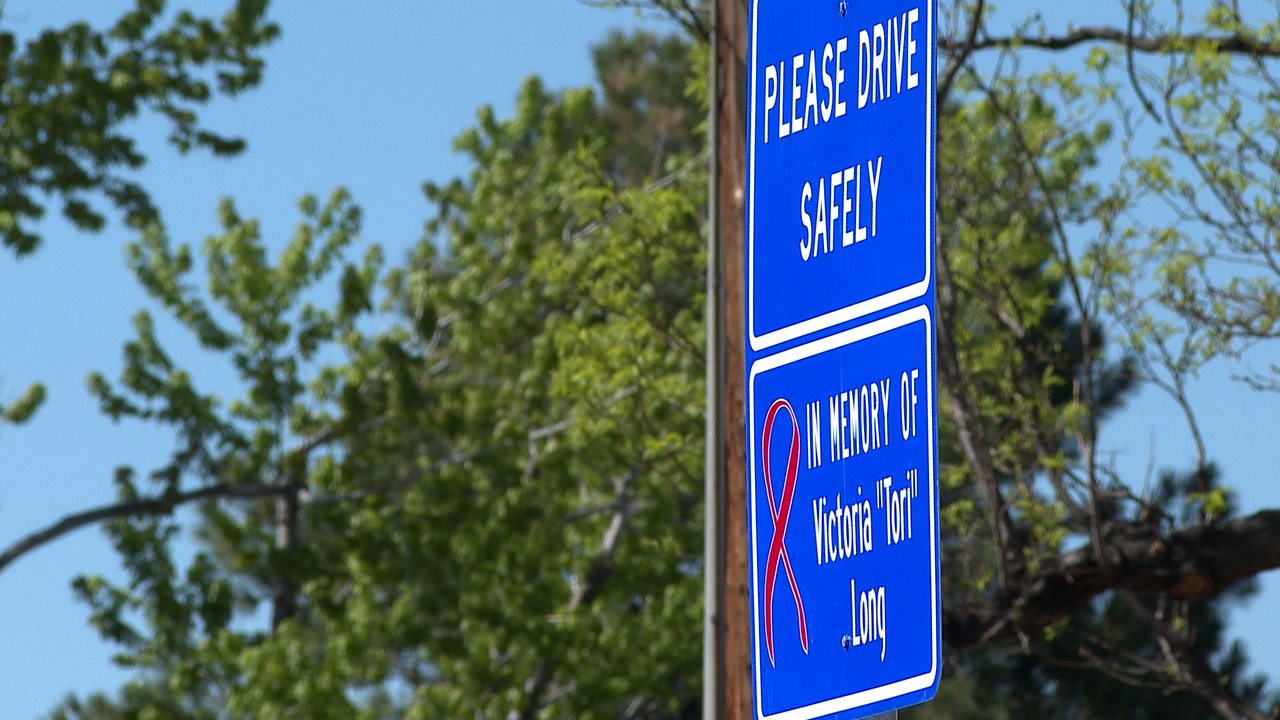DENVER (KDVR) — A new study released by AAA said pedestrian deaths have increased by 89 percent from 2008 to 2018 in Colorado, surpassing the national average.
The study examined data from 2008 to 2018. AAA found pedestrian deaths in Colorado increased by 89 percent while the national average was 55 percent. AAA said more people may be dying on Colorado’s streets compared to other states because of Colorado’s active lifestyle.
“We’re lucky to live in Colorado, where we cherish our active lifestyles – and where there are so many good reasons to leave the car at home and run, walk or bike. That pedestrian deaths here outpace the national average should ring alarm bells,” said Skyler McKinley, director of public affairs for AAA Colorado.
In the data, AAA found a startling jump in deaths occurred almost entirely in urban areas. Urban crashes account for 93 percent of the total increase in pedestrian fatalities.
Black and Latino populations are over-represented among pedestrian deaths compared to white pedestrians.
Three out of four pedestrian deaths happened in the dark. Since 2009, fatalities in darkness account for the vast majority of the overall increase in pedestrian fatalities.
In 2018, 84 percent of pedestrian deaths occurred on roads with speed limits of 30 mph or higher.
The study found alcohol continues to remain a problem for pedestrians. The study found 32 percent of pedestrians who died had blood alcohol concentration equal to or greater than the legal limit for driving.
AAA provided safety tips for drivers:
- Look out for pedestrians at all times. When you are operating a vehicle, you have accepted a heightened responsibility for other people on the road. Safety is a two-way street. Often, pedestrians— especially younger ones— are not where you would expect them to be. Remain vigilant.
- Follow posted speed limits, especially in areas of heavy pedestrian traffic. This is even more important in areas that have lower speed limits, such as school zones and neighborhood streets where pedestrians may appear suddenly.
- Overall visibility is limited in bad weather conditions and poorly lit areas. Not only is it more difficult for drivers to see oncoming pedestrians, it also is harder for pedestrians to see you. Make sure your lights are on and you use your signals properly. Use extra caution in these circumstances.
- Put down your phone. Smartphones and handheld electronic devices take your eyes off of the road and distract your attention.
- Always yield to pedestrians in a crosswalk. When approaching a crosswalk, reduce your speed and be prepared to stop. When you are stopped at a crosswalk, allow enough room between your vehicle and the crosswalk so other drivers can see the pedestrians you have stopped for. Do not pass vehicles stopped at a crosswalk: They have stopped to allow pedestrians to pass or make sure the way is clear.
For pedestrians:
- Never assume a driver will give you the right of way. Make every effort to make eye contact with the driver of a stopped or approaching vehicle before entering the roadway.
- Use crosswalks when crossing the street. If a crosswalk is unavailable, be sure to find the most well-lit spot on the road to cross and wait for a long enough gap in traffic to make it safely across the street.
- Stay on sidewalks whenever possible. If a sidewalk is not available, be sure to walk on the far side of the road facing traffic. This will help increase your visibility to drivers.
- Know and follow all traffic rules, signs and signals. You need to be aware of the rules vehicles around you must follow to properly anticipate what drivers will do.
